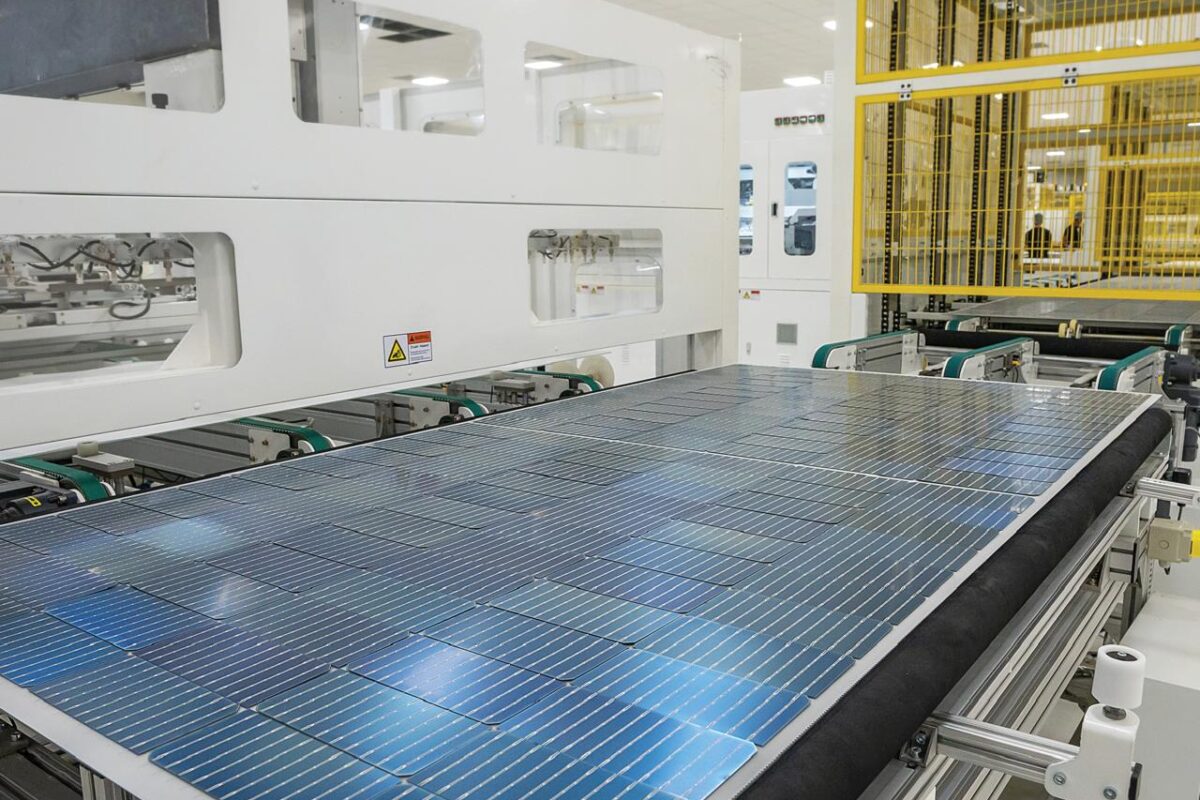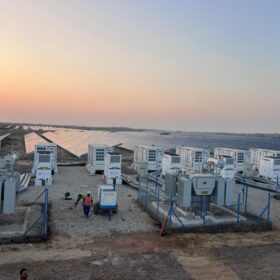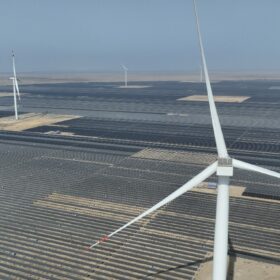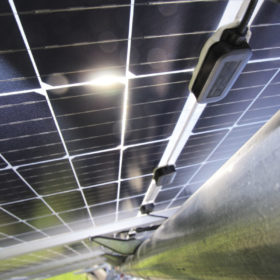From erratic monsoons and punishing heatwaves to floods that disrupt life and retreating Himalayan glaciers that threaten our water supply, climate change is no longer a distant concept. For a country where a majority of the workforce is in agriculture and millions live in low-lying coastal areas, the stakes are incredibly high. In this high-stakes scenario, policymakers and technology experts are increasingly looking at artificial intelligence (AI) not as a magic wand, but as a powerful ally. AI’s true power lies in its ability to process vast, complex data sets—from satellites and weather stations to industrial sensors—to find patterns that are invisible to the human eye. According to a UN climate body report, this capability allows AI to be a “powerful enabler” for both cutting emissions and building resilience, especially in vulnerable, developing countries like India.
A Smarter, Cleaner Path: AI for Climate Mitigation
On the path to a cleaner, greener future, AI is proving to be a critical ally in making our energy systems and industries smarter and more efficient. The foundation of a decarbonized economy is a modern, reliable, and intelligent electricity grid. A modern grid must balance growing demand from new sources like electric vehicles (EVs) with the intermittent supply from renewable sources like solar and wind power. AI-powered smart grids use sophisticated algorithms to forecast power demand and match it with fluctuating renewable generation in real time.
A powerful illustration of this is the work being done by companies like Tata Power-DDL. By partnering with AI companies like Tomorrow.io and BluWave-ai, they are using AI to generate hyper-local weather forecasts and real-time dispatch plans for their renewable assets. This technology has helped Tata Power significantly reduce “deviation penalties” imposed by regulators for missing their power generation schedules.
AI’s role in mitigation also extends to industries and homes. According to a report from Grant Thornton, manufacturing and heavy industries are using concepts like “digital twin factories” and predictive maintenance to streamline production and minimize energy waste. In homes, platforms like Tata Power’s “EZ Home” use AI to manage household appliances, automatically switching off devices in empty rooms and giving families feedback on their energy use. This makes climate action a tangible, people-first goal: saving money on the electricity bill while reducing a home’s carbon footprint.
Preparing for the Unpredictable: AI for Climate Adaptation
While we work to cut emissions, the reality is that the climate has already changed. This means a significant part of our fight involves adaptation—building resilience to the inevitable impacts. In this area, AI is proving to be invaluable, helping to protect lives and livelihoods, especially for India’s most vulnerable communities.
For a farmer in India, the monsoon is not just a season; it is the pulse of life and livelihood. This is why a pioneering project by India’s Ministry of Agriculture and Farmers’ Welfare has become a model for the world. In the summer of 2025, the government used AI weather models to predict the monsoon’s arrival up to 30 days in advance for a staggering 38 million farmers. The project proved its worth immediately during an unusual monsoon season. After an early start, the rains stalled for nearly three weeks—a pause that was accurately predicted by the AI model but missed by traditional forecasts. This advanced warning empowered farmers like Parasnath Tiwari from Madhya Pradesh to prepare earlier and switch to more lucrative crops, feeling confident that the season would be long enough. In other parts of the country, a case study in Karnataka, as detailed in a medium article, showed AI-powered mobile apps that use satellite imagery and ground sensors advising farmers on precise irrigation, fertilization, and pest management, leading to remarkable results: a 22% increase in crop yields, a 35% reduction in water usage, and an 18% increase in farm profitability.
In a country where disasters like floods, cyclones, and landslides are frequent, early warnings are critical. AI is bringing a new level of precision to disaster management by analyzing meteorological data and satellite imagery to predict events before they happen. The Central Water Commission, for example, has developed an in-house AI/ML-based flood forecasting model that provides a 7-day advance advisory. Alerts are disseminated through a dedicated app and social media, ensuring that authorities and citizens have time to prepare and evacuate. In the mountains, a project at the Himalayan Centre for Disaster Risk Reduction and Resilience (HIM-DR³) at Himachal Pradesh University (HPU) is pioneering a system that combines advanced AI using satellite and drone data with “conventional local knowledge” to predict and mitigate risks like landslides.
The Other Side of the Coin: A Reality Check on AI’s Challenges
While the promise of AI is immense, it is no silver bullet. Experts and analysts stress that for India, several significant hurdles and risks must be addressed before this technology can fulfill its potential.
The most pressing challenge is the digital divide and a fundamental lack of “digital readiness”. A 2025 survey by the National Sample Survey Office (NSSO) found that while mobile internet has achieved near-universal penetration in both urban and rural areas, a significant 16.7% of rural households still lack internet access at home. The survey also found that the biggest barrier to adoption is not a lack of infrastructure, but a lack of “digital readiness,” with nearly half of all rural households without internet reporting that they either “don’t know how to use it” or are “not aware of it at all”.
AI also has a voracious appetite for data, but many parts of India lack the high-quality, fine-grained climate, land-use, and socioeconomic records needed to train robust and reliable models. This can lead to unreliable predictions, undermining the trustworthiness of AI solutions.
There is also the paradox of AI’s own carbon footprint. The process of training and running large AI models requires powerful data centers that consume vast amounts of electricity. A study from the University of Massachusetts Amherst revealed that a single large AI training run can emit as much carbon dioxide as five cars in their lifetime. Fortunately, India is already thinking about this issue proactively. A revolutionary approach called “serverless computing” is emerging, which, according to a sustainability journal, can slash data center energy consumption by up to 70%. Furthermore, the government is exploring a bold, forward-thinking policy: encouraging data centers to use small modular nuclear reactors (SMRs) as part of their energy mix.
Finally, because AI learns from the data it is fed, there is a risk that poorly designed AI could perpetuate and even worsen social inequalities. To address this, India is prioritizing a robust governance framework. As reported by The Economic Times, the government has opted to move away from the idea of a single, traditional regulator for the AI domain. Instead, a “technical secretariat” is being established within the Ministry of Electronics and Information Technology (MeitY) to act as a technical advisory and coordination focal point, focusing on developing metrics for environmental impact, data provenance, and security.
The Path Forward
India’s approach to AI for climate action is not piecemeal; it is part of a broader, well-coordinated national strategy. The government’s commitment is perhaps best captured by three key initiatives. First, the IndiaAI Mission, a multi-crore (₹10,371 crore) program, is a foundational step aimed at building a comprehensive, public-purpose AI compute infrastructure to ensure that India has its own sovereign capabilities. Second, the NITI Aayog’s “AI for Viksit Bharat” report outlines a strategic roadmap, positioning AI as a “decisive lever” for achieving India’s goal of sustained 8% economic growth. Finally, the AI Kosh data platform is a critical piece of the puzzle. This centralized repository hosts a wealth of curated, non-personal public datasets, directly addressing the data gaps challenge and enabling startups and researchers to build AI solutions tailored to India’s unique needs. By investing wisely in infrastructure, data, and skills, India can responsibly harness this technology to protect its people and environment, ultimately “turning data into decisions, and innovation into resilience”.
The views and opinions expressed in this article are the author’s own, and do not necessarily reflect those held by pv magazine.
This content is protected by copyright and may not be reused. If you want to cooperate with us and would like to reuse some of our content, please contact: editors@pv-magazine.com.








By submitting this form you agree to pv magazine using your data for the purposes of publishing your comment.
Your personal data will only be disclosed or otherwise transmitted to third parties for the purposes of spam filtering or if this is necessary for technical maintenance of the website. Any other transfer to third parties will not take place unless this is justified on the basis of applicable data protection regulations or if pv magazine is legally obliged to do so.
You may revoke this consent at any time with effect for the future, in which case your personal data will be deleted immediately. Otherwise, your data will be deleted if pv magazine has processed your request or the purpose of data storage is fulfilled.
Further information on data privacy can be found in our Data Protection Policy.